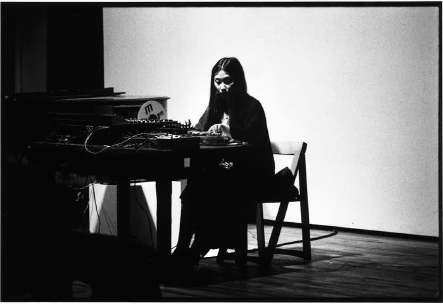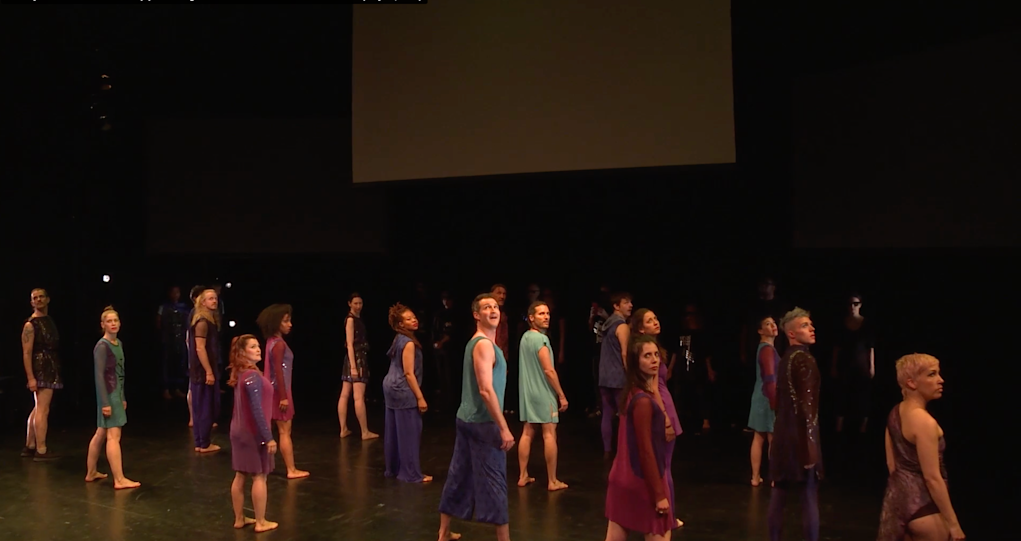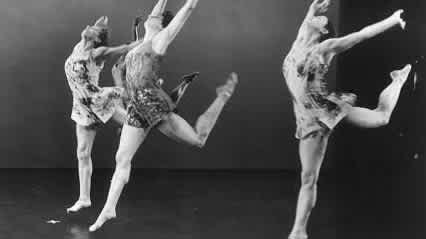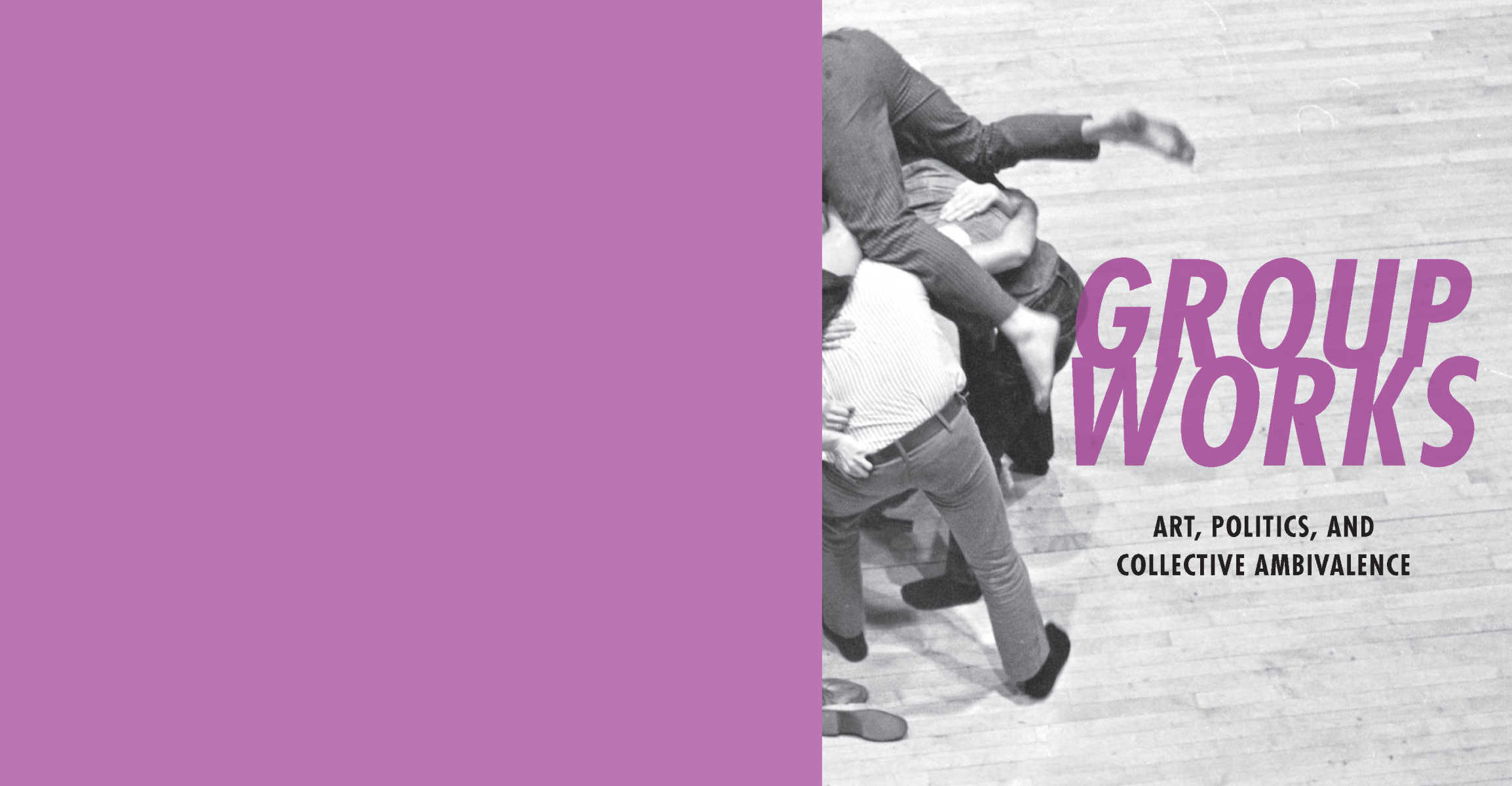Artist(s): Some artist
Date: March 2, 1945-March 23, 1945
Sample Audio
This is a random audio file for sample purposes.
Maybe we should have a little bit more patience for the divas in our lives. Being a Black femme definitely heightens that because the misogynoir, or the expectation of being superhuman, rubs up against it.
Footnotes: (1) Coined by Barbadian poet and historian Kamau Brathwaite, the theory of tidalectics invokes “the movement of the water backwards and forwards as a kind of cyclic…motion, rather than linear.” Contra to the rigid oppositional binaries of dialectics, tidalectics allows for a constancy of multi-directional movement and fluctuation and the hybridizations that occur throughout. Kamau Brathwaite, ConVERSations with Nathaniel Mackey (Staten Island, NY: We Press, 1999), 44. (2) Hydrofeminism considers the intimacies between embodiment and the overwhelmingly water-based composition of our bodies. We are not discrete individuals as Enlightenment phenomenology would have us believe. Rather, as “bodies of water we leak and seethe, our borders always vulnerable to rupture and renegotiation,” as Astrida Neimanis notes in Bodies of Water: Posthuman Feminist Phenomenology. We are inextricably linked to, comprised of, and enmeshed within the waterways of a “more-than-human hydrocommons.” Neimanis is not the sole theorist of feminist conception of embodiment, but her text is formative nevertheless. Astrida Neimanis, Bodies of Water: Posthuman Feminist Phenomenology (New York: Bloomsbury Academic, 2017).

The program also included two shorter works, The Extravagance of Laughter and Albino Olympia. Like A Short History of Mirrors, these brief pieces oscillated between fast and slow tempos, sometimes building to an energy so great that, as critic Jack Anderson noted in his review of the program for The York Times, it felt like a “choreographic storm wind.”
Performers included Reiko Bass, Juliet Burrows, John Funk, Kathy Hazeltine, Paul Lester, Daedra Kaehler, Geoffrey Nimmer, and Amy Schwartz. Scott Johnson scored the music, Martin Pakledinaz served as costume designer, James Welty served as conceptual/visual designer, and Robert Wierzel served as lighting designer.
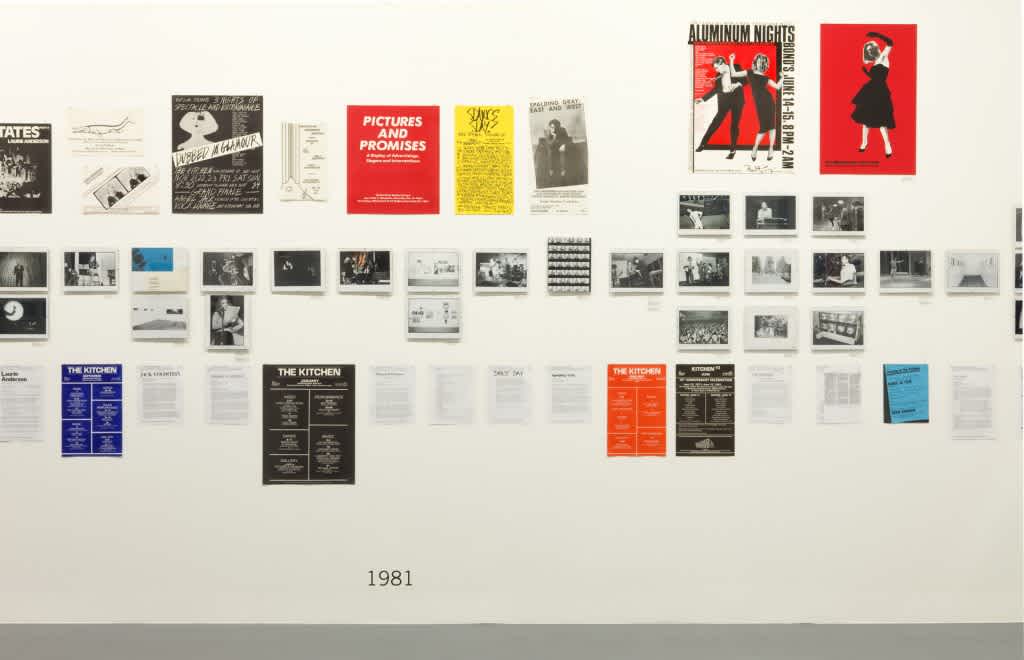
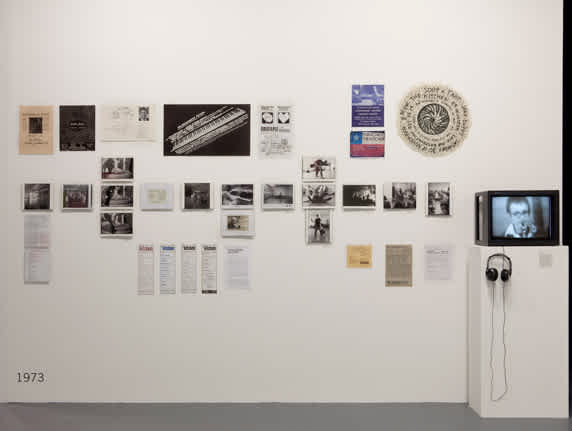
In the 1990s, artist Umber Majeed’s uncle started a travel agency called Trans Pakistan with the hope that he could welcome international visitors and offer packages such as trekking expeditions to Pakistan's striking mountainous regions. However, the business venture was shortlived, folding in 2005 as the US’s “Global War on Terror” decimated the travel industry in the region. In this Video Viewing Room, Majeed presents selections from her ongoing project Trans-Pakistan Zindabad (Long Live Trans-Pakistan), in which she combines this familial history with her research on a huge planned community on the outskirts of Lahore called Bahria Town. A private development corporation has manufactured this gated city of luxury residences, leisure activities, lifestyle amenities, and public plazas from scratch. Its highly manicured built environment borrows architectural motifs from many cultures including ancient Egypt and also includes large-scale replicas of famed tourist sites such as Trafalgar Square, the Eiffel Tower, and the Taj Mahal–an unusual result of the fact that obtaining international travel visas is still difficult for many Pakistani citizens. Since incorporating in the mid-90s, the Bahria Town developers have built similar sites in Karachi, Islamabad, and other cities. Despite recent protests regarding the displacement of longstanding Sindhi communities from their homes, Bahria Town Karachi, for example, is the largest privately owned residential development in the country, at over seventy square miles and with a population that could soon reach one million inhabitants.
Using a variety of media from drawing and sculpture to video, VR, and web environments, Majeed weaves a speculative proposition for how Trans Pakistan might operate today. As she narrates unsanctioned tours using surreptitiously captured footage of these heavily surveilled sites, Majeed suggests a motif of circulation–of people, capital, and online material that she has called “South Asian digital kitsch.” In this futurist imaginary, Majeed toggles between a previous generation and a dystopian present in which global, neoliberal vectors loom over local struggles.
